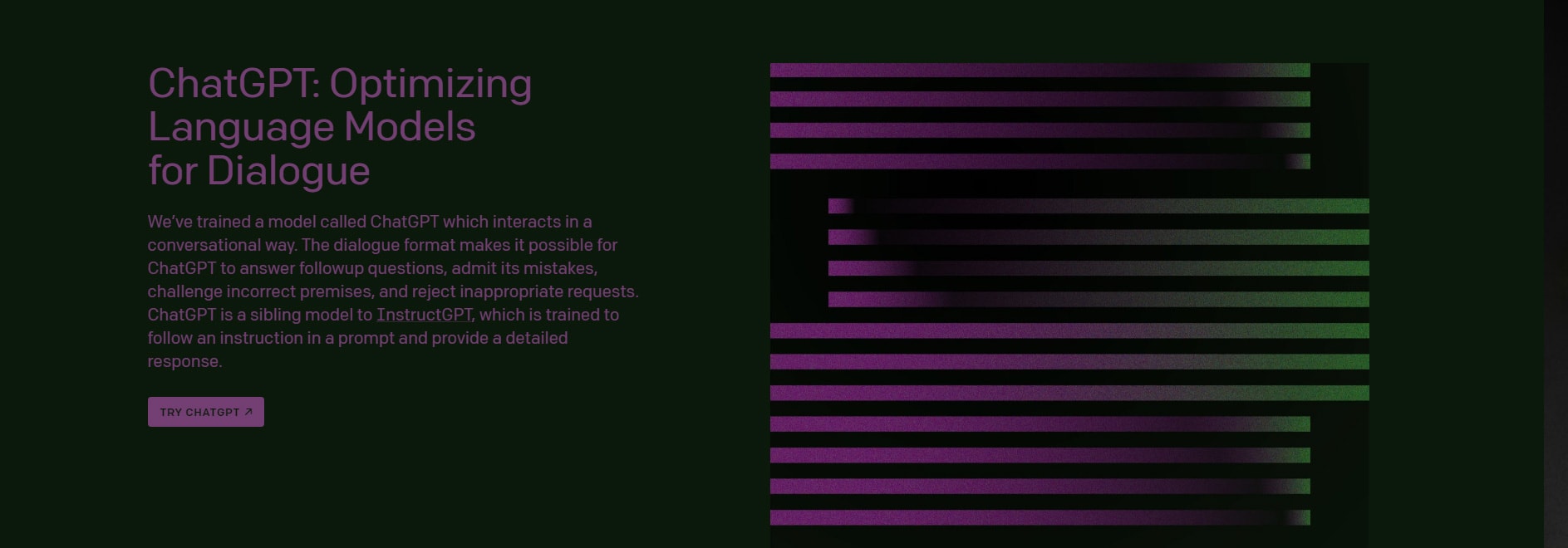Many users, including SEO content writers and marketing professionals, have asked if ChatGPT content can be identified.
The short answer is yes.
Can ChatGPT Content Be Detected?
Using linguistic analysis, a user can detect AI or Chat GPT content—for instance, natural language processing techniques. Specifically, ChatGPT content is discernible in terms of its syntactic and semantic components.
Moreover, by assessing such elements as word order, grammatical structures, and contextual meaning of words and phrases, ChatGPT content can be accurately identified. Similarly, this allows for its identification in various applications ranging from speech recognition to machine translation.
Play the video below and see how GPTChat answers the question!
How long has Google been using AI?
It starts with the Rank Brain algorithm; Google’s first attempt at using AI in search dates back to 2015. Rank Brain helps Google understand how words are related to concepts and can take a broad query and better define how that query relates to real-world concepts.
Furthermore, researchers at Google AI and other organizations have worked on algorithms to detect AI-generated content for many years. For example, Google uses BERT algorithms to replace words with synonyms, another one that adds misspellings, among other techniques.
Moreover, statistical features in AI text help predict whether a text was computer generated, even if it uses an algorithm designed to evade detection. Also, see AI Search On Google.
Invisible Watermarking
OpenAI researchers have developed cryptographic watermarking that will aid in the detection of content created through an OpenAI product like ChatGPT.
Similarly, researchers state that ethical AI practices such as digital watermarking can evolve to be an industry standard in the same way that the Robots.txt file became a standard for website crawling instructions.
Watermarking is similar to cryptography. Therefore, anyone with the key can test a document to see if it has a digital watermark that shows an AI generates it. In the same way, the code can be in the form of punctuation or word choice.
Practical applications include preventing academic plagiarism or the mass generation of propaganda, aka fake news.
Should You Use AI for SEO or Marketing Purposes?
Many assume that Google cannot know if the text content is AI. On the other hand, AI is a problem that is more or less already evident. Detecting machine-generated content has been a research subject for many years, including how to see content translated from another language.
Also, read AI-generated content for SEO.
Does Autogenerated Content Violate Google’s Guidelines?
Google’s John Mueller, in April 2022, said that AI-generated content violates Google’s guidelines.
“For us, these would fall into the category of automatically generated content, which we’ve had in the Webmaster Guidelines since almost the beginning. And people have been automatically generating content in lots of different ways. And for us, if you’re using machine learning tools to develop your content, it’s essentially the same as shuffling words around, looking up synonyms, or doing the translation tricks people used to do—those kinds of things.
I suspect the content quality may be slightly better than the old-school tools. However, it’s still AI content and against the Webmaster Guidelines. So we would consider that spam.” Google recently updated the “auto-generated” content section of their developer page about spam. The changes clarify what makes autogenerated content spam.
Spam policies for Google web search
“Automatically generated (or “auto-generated”) content is content that’s been generated programmatically without producing anything original or adding sufficient value;” Google updated that sentence to include the word “spammy”:
“Spammy “auto-generated” content is content that’s been generated programmatically without producing anything original or adding sufficient value;” That change clarifies that being automatically generated content doesn’t make it spammy.
The lack of all the value-adds and general “spammy” qualities makes that content problematic.
The Best Use of AI for SEO
The best use of AI tools is scaling SEO to make workers more productive. Therefore, that usually involves letting the AI do the tedious research and analysis. Moreover, it could be acceptable to summarize webpages to create a meta description, as Google specifically says that’s not against its guidelines.
Using ChatGPT to generate an outline or a content brief might be interesting. Handing off content creation to an AI and publishing it as-is is not the most effective use of AI. Above all, someone should review the content for quality, accuracy, and helpfulness.
Conclusion
AI content is detectable.
More Interesting Language Tools and AI Tools:
https://charactercalculator.com/gunning-fog-index/
https://aws.amazon.com/machine-learning/ai-services/




